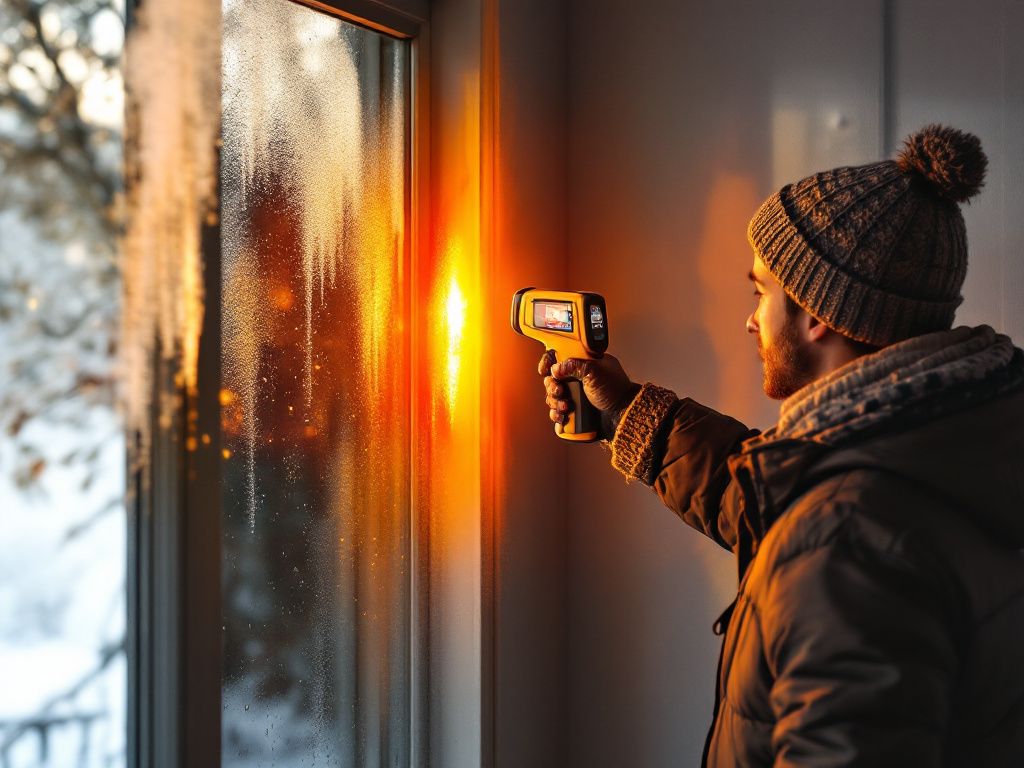Save $995 on all projects over $10,000! Learn more

Pressboard / Hardboard Siding
What is pressboard siding?
Pressboard siding, also known as hardboard siding, is an engineered product made up of a mixture of wood fibers and chips that have been combined together with heat and pressure.
This type of siding was very popular in the 1980s as a low-cost alternative to other siding products. However, after a class action lawsuit in 1994 against some of the large manufacturers of pressboard siding, most production ceased.
What are the potential problems with pressboard siding?
The two main issues with pressboard siding are water absorption and improper installation. All pressboard siding naturally absorbs water which causes slight swelling and can lead to deterioration.
With perfect installation and maintenance, water absorption and swelling can be kept to a minimum. However, with improper installation and lack of upkeep, serious damage like rotting, warping, and mildew can occur.
How do you know if pressboard siding needs replacing?
The first step is to inspect the condition of your pressboard siding. If you see any of the following issues, you may need to have your siding replaced.
Severe swelling
If the siding is noticeably bulging, softening, or blistering, that is a clear sign that there is a problem.
Infestation
Insects, like termites, can cause significant damage to your pressboard siding. This can open up paths for more water to seep in, leading to more potential problems.
Discoloration
Color change is evidence that water has already penetrated the siding. Discoloration may also be caused by mold and mildew, another sign of water absorption.
Rusted Nails
You see rusty nails popping out, this could mean your siding has moved and expanded, allowing moisture into the siding.
What if there is only minor damage to my siding?
If you find only minor damage to your pressboard siding, it may be possible to slow the deterioration process with proper caulking and painting.
Keep sprinklers and other water sources away from the siding and optimize drainage around the foundation of your home. Be sure to keep up with the regular maintenance and inspection so you can deal with any issues as soon as possible.
Signs of significant damage may mean siding replacement is your best option. New siding materials like fiber cement products are more durable and much less prone to water and insect damage.
If you would like to learn more about siding replacement options or if you would like a professional assessment of the condition of your current siding, contact Keystone today.


